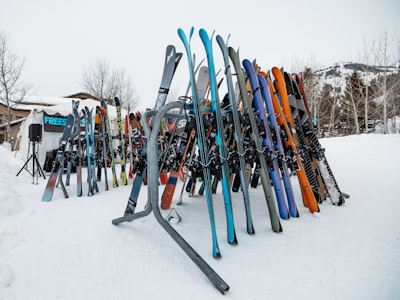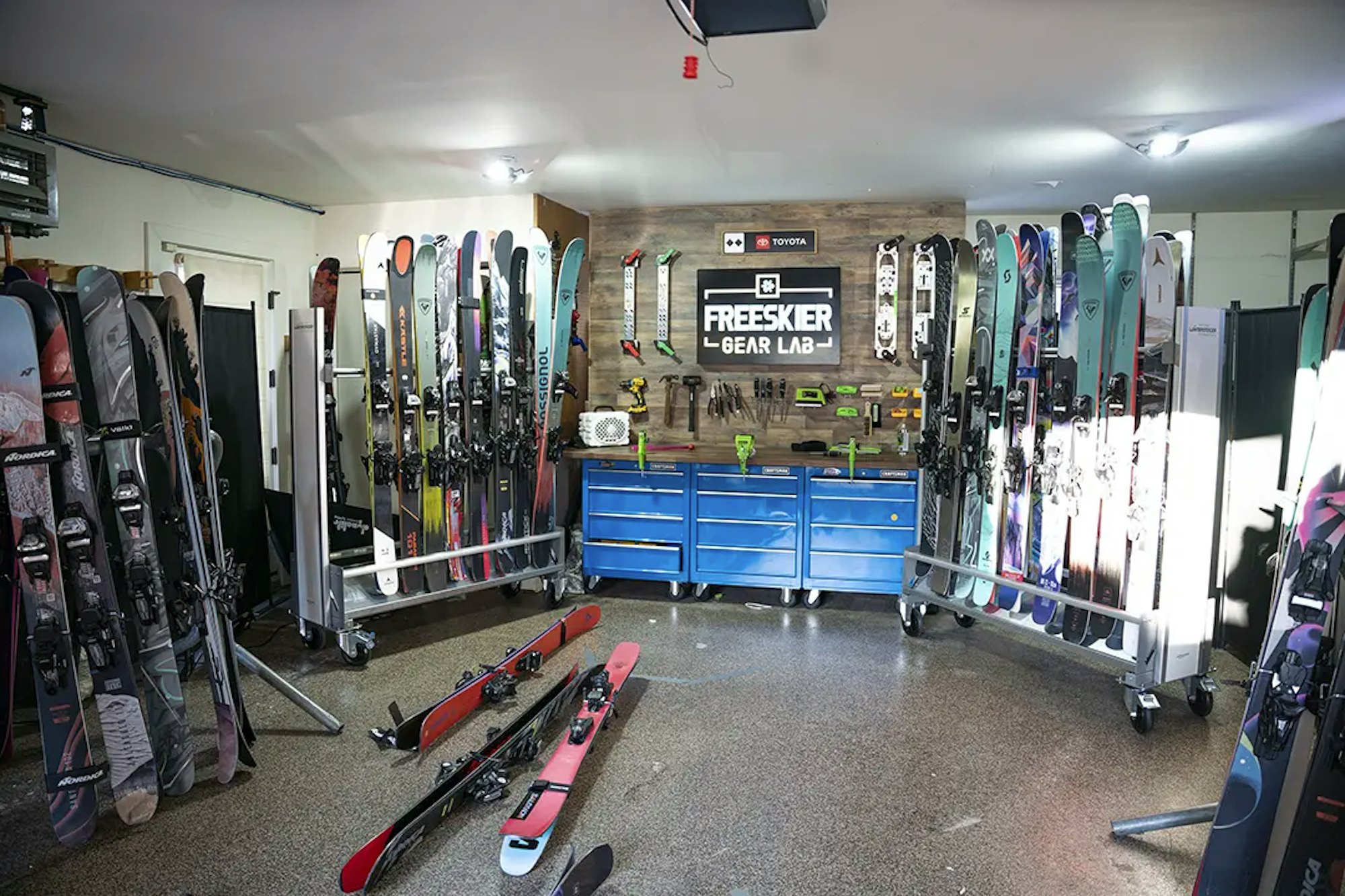Featured Image: Gabe Rovick
Like many of you, I have often been known to hang up my skis, or even leave them in my ski bag from my last trip, and start digging out my kayaking and mountain biking gear, leaving the rust and dust to deal with in the future, when I’ll inevitably pull them out around mid-October (God willing) and regret my decisions from the previous spring, much like a night at the Cowboy Bar, but that’s the subject of another story. My honest recommendation: take care of your gear. Respect your gear because it is often there not just to elevate your day but to save your life. And it’s expensive, maybe even getting moreso. So here are a few tips, hopefully some you don’t already know.
Ski Care

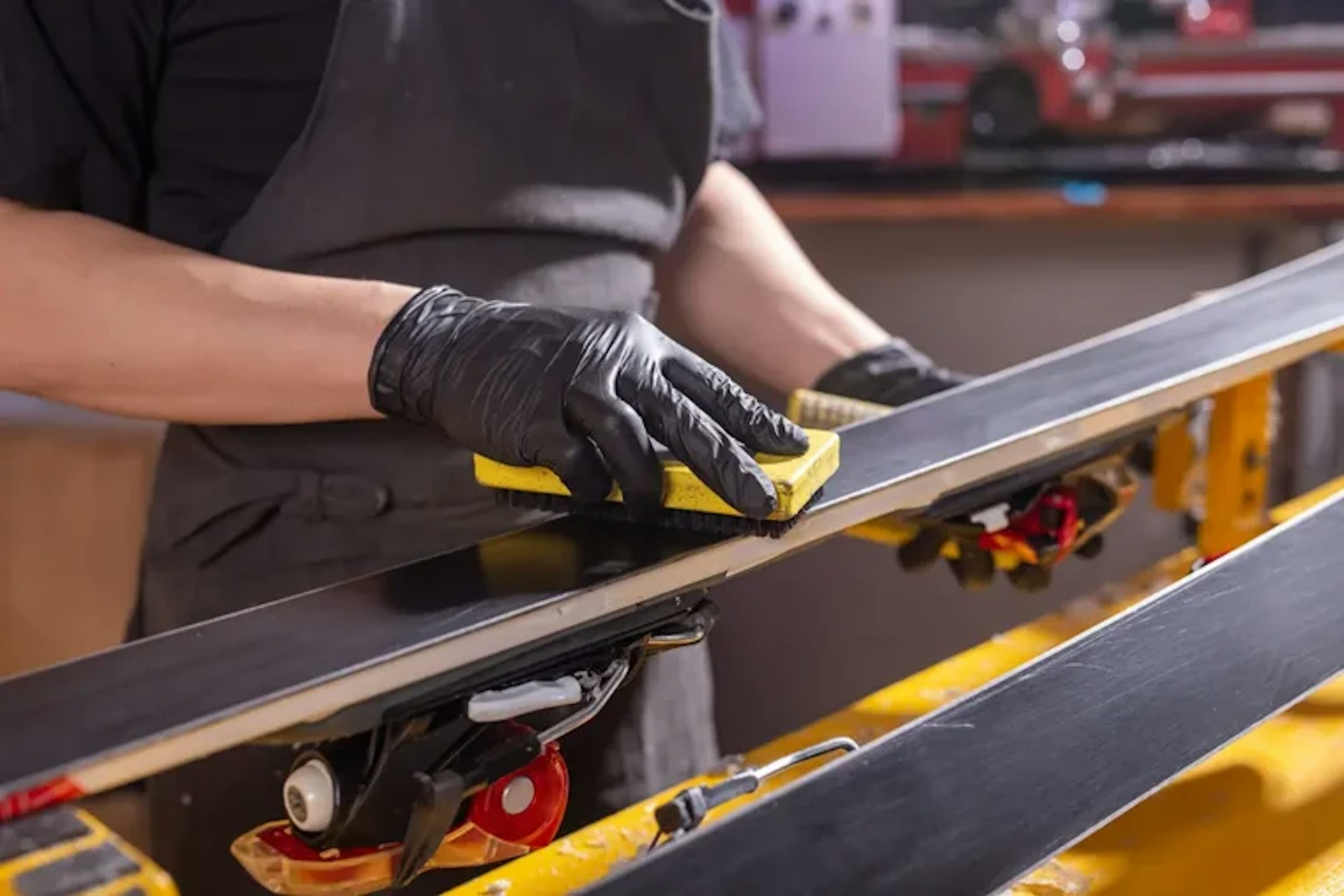
Ski bases and edges are vulnerable during summer storage. Begin by completely drying the ski, and removing any dirt, not to mention residue from those annoying stickers they put on your tips after a tune or valet storage (using Goo Gone).
If I’m not sending them in for a professional tune or quick trip through the Wintersteiger at my local shop, here’s what I’ll do at home: inspect bases and edges for damage and burrs and rust, cleaning with a damp rag. Use a little bit of steel wool or file brush to remove any rust on edges.
Our File Brush Recommendation
Swix T177B File Brush
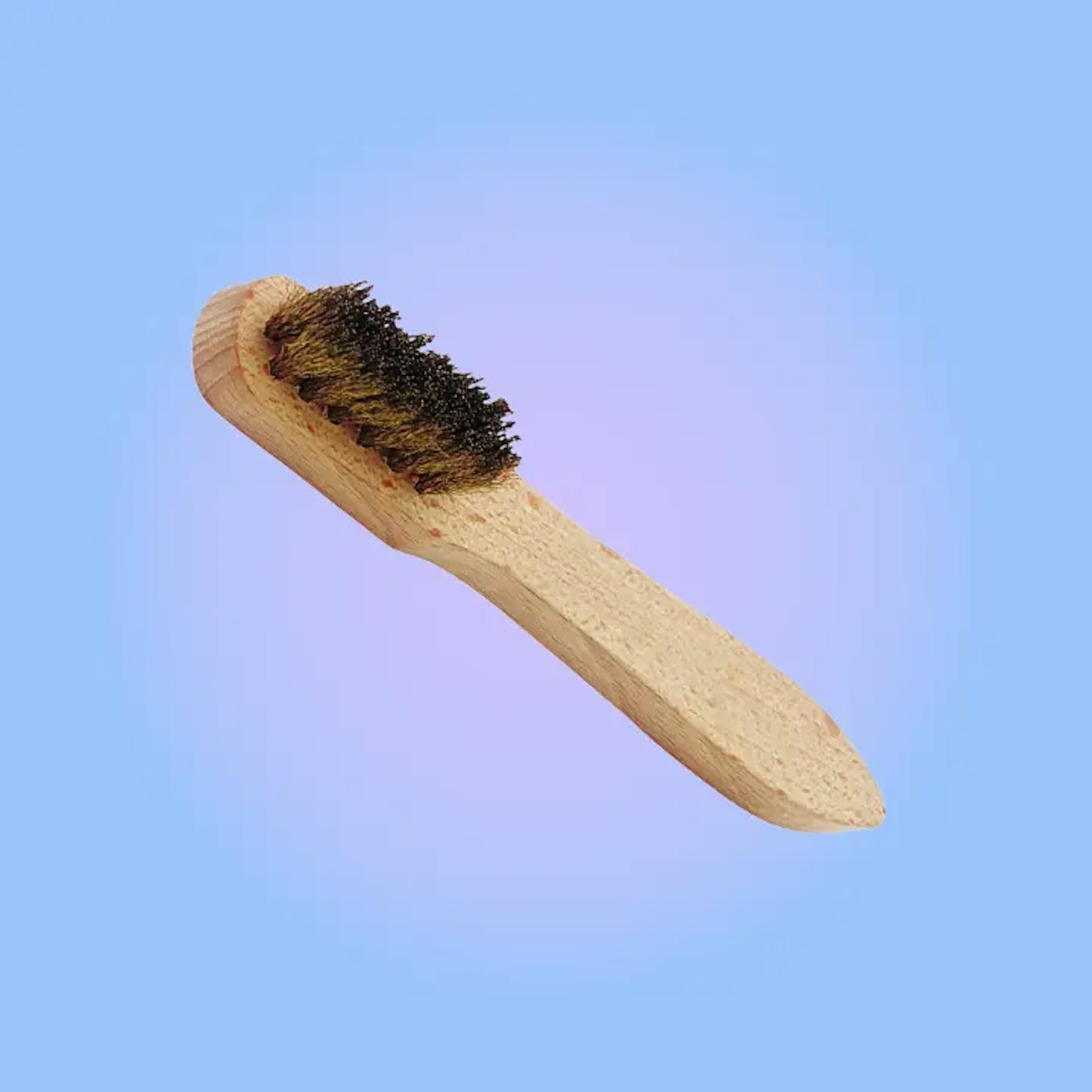
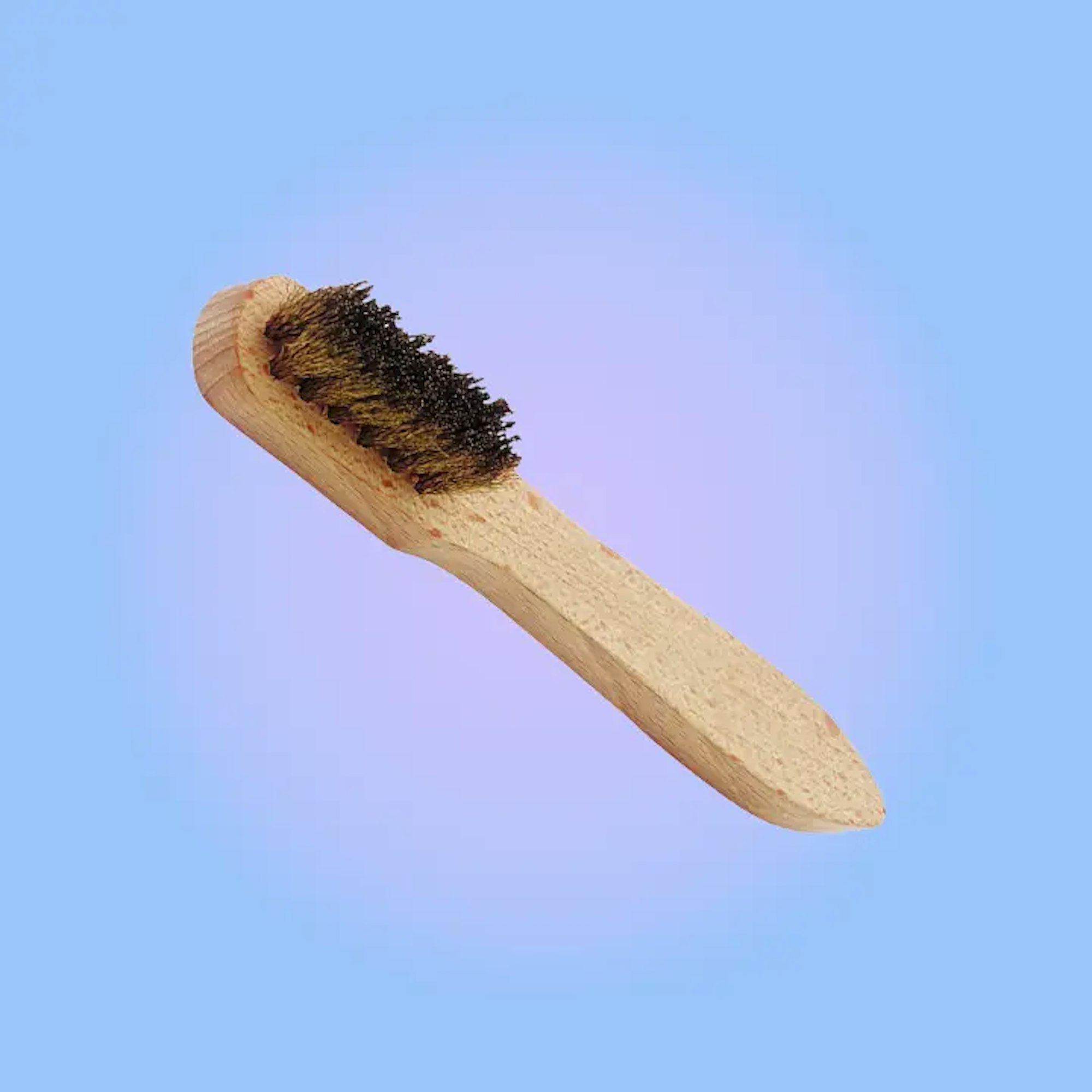
Scratches and dings are normal and wear and tear and can be buffed out through a tune, but if you’ve got any “core shots” you’re going to want to take it to the next level and perform a P-Tex repair. This can certainly be done at home if you’ve got the right spot and the internet and maybe a buddy to share a beer with while you try it.
Once the ski is cleaned and deemed skiable for next season, I like to apply a thorough coat of storage wax, preferably an inexpensive warm-weather wax—and leave it on there. This seals and protects the bases from oxidation and dehydration. Binding components should also be dry, wiped clean of debris, and checked for any signs of corrosion, breakage or worn screws.
Our Wax Kit Recommendation
Swix Base Hot Wax Kit
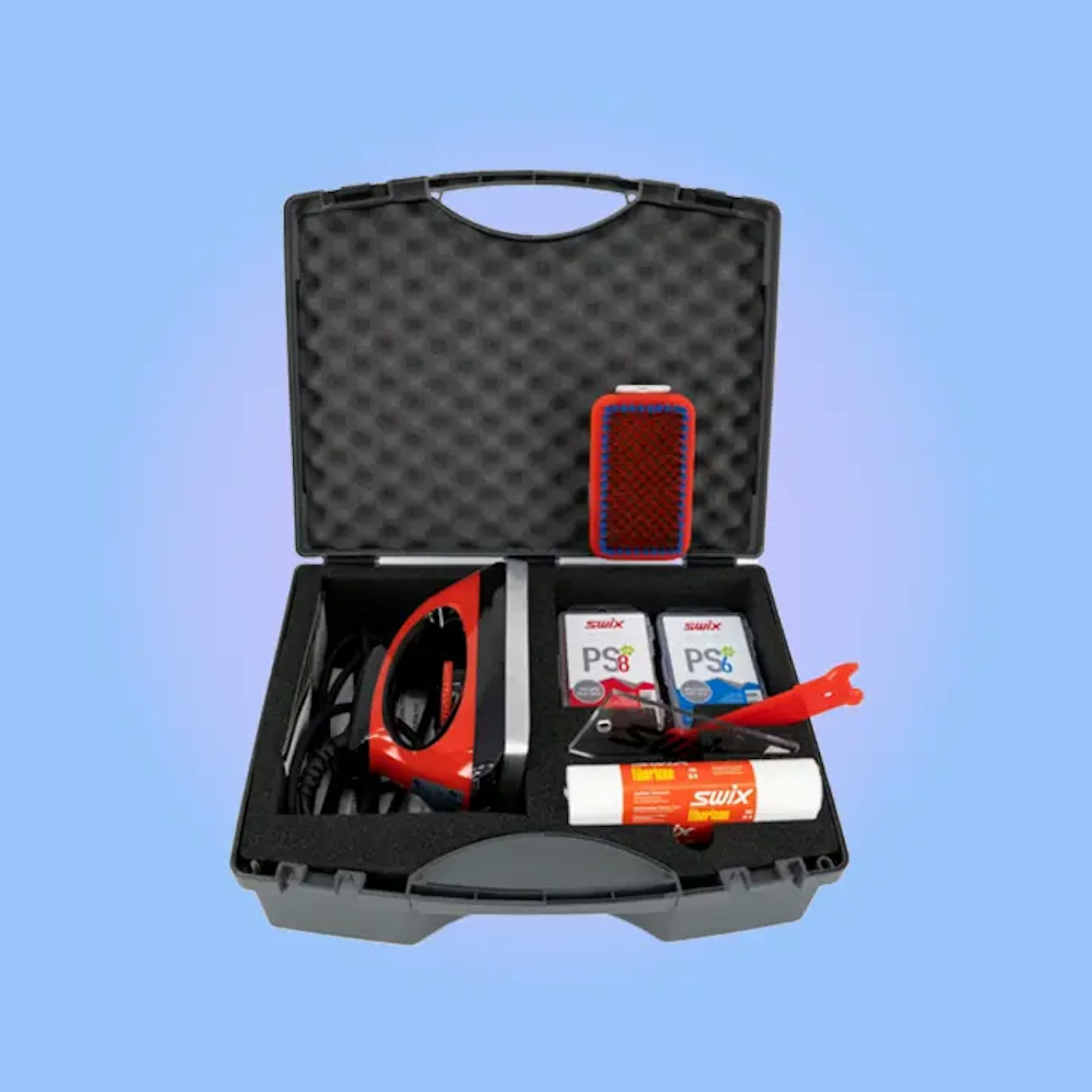
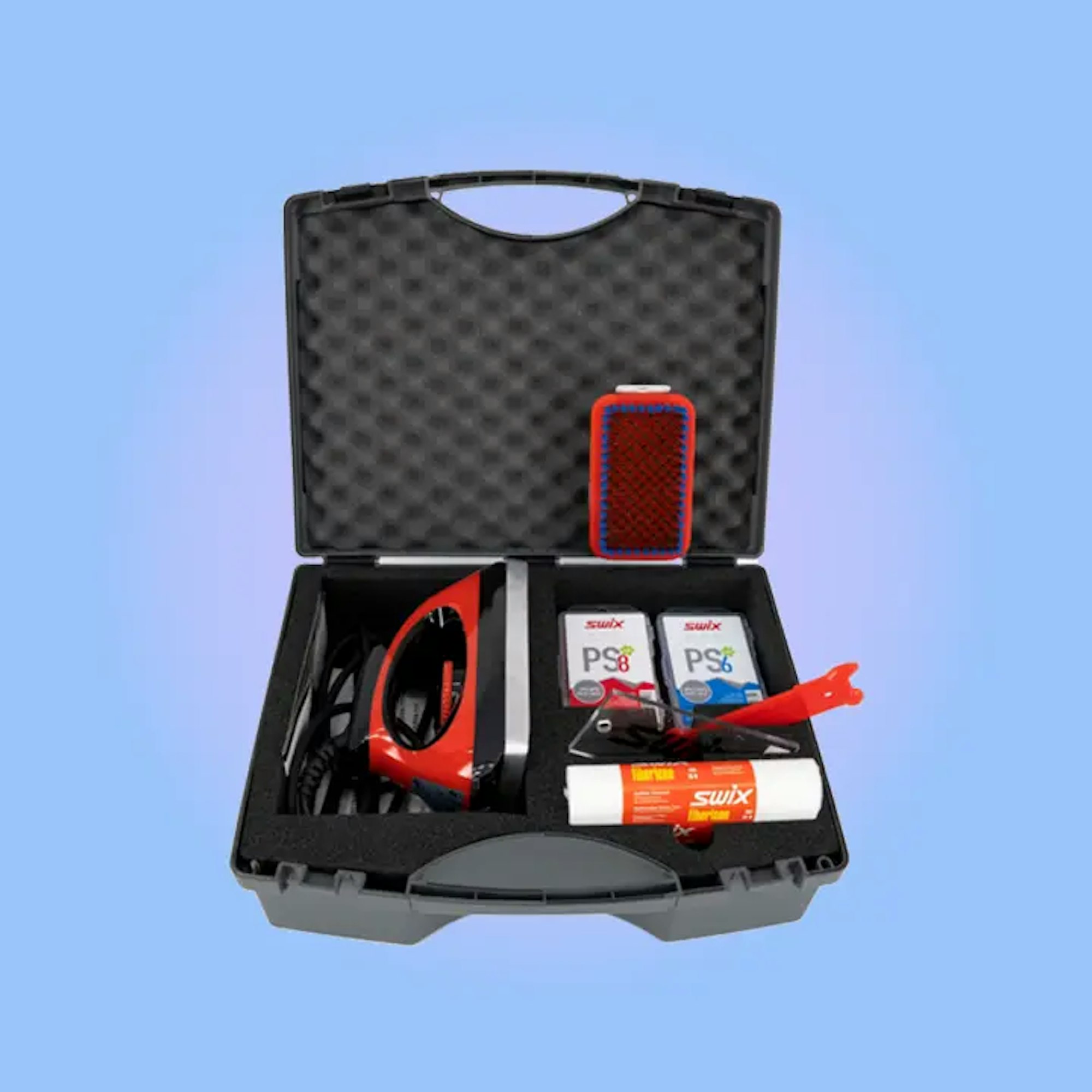
Store skis in a cool, dry environment, unstrapped, and not under pressure, lying flat or standing upright without tip tension. Avoid spaces that experience wide temperature and moisture fluctuations like basement crawl spaces, but hopefully you’ve got room in your garage…it’s just one more pair right?
Ski Boots
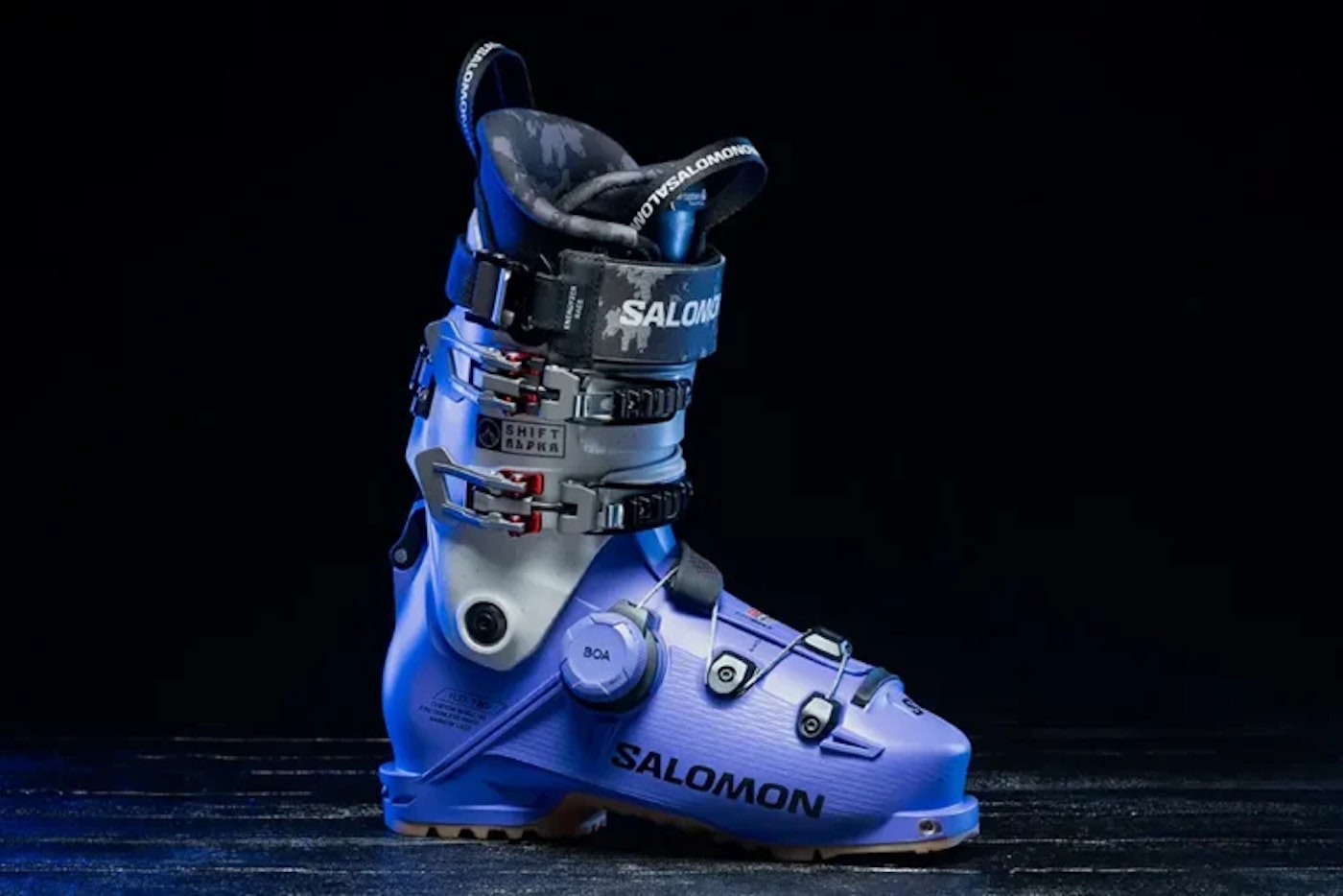
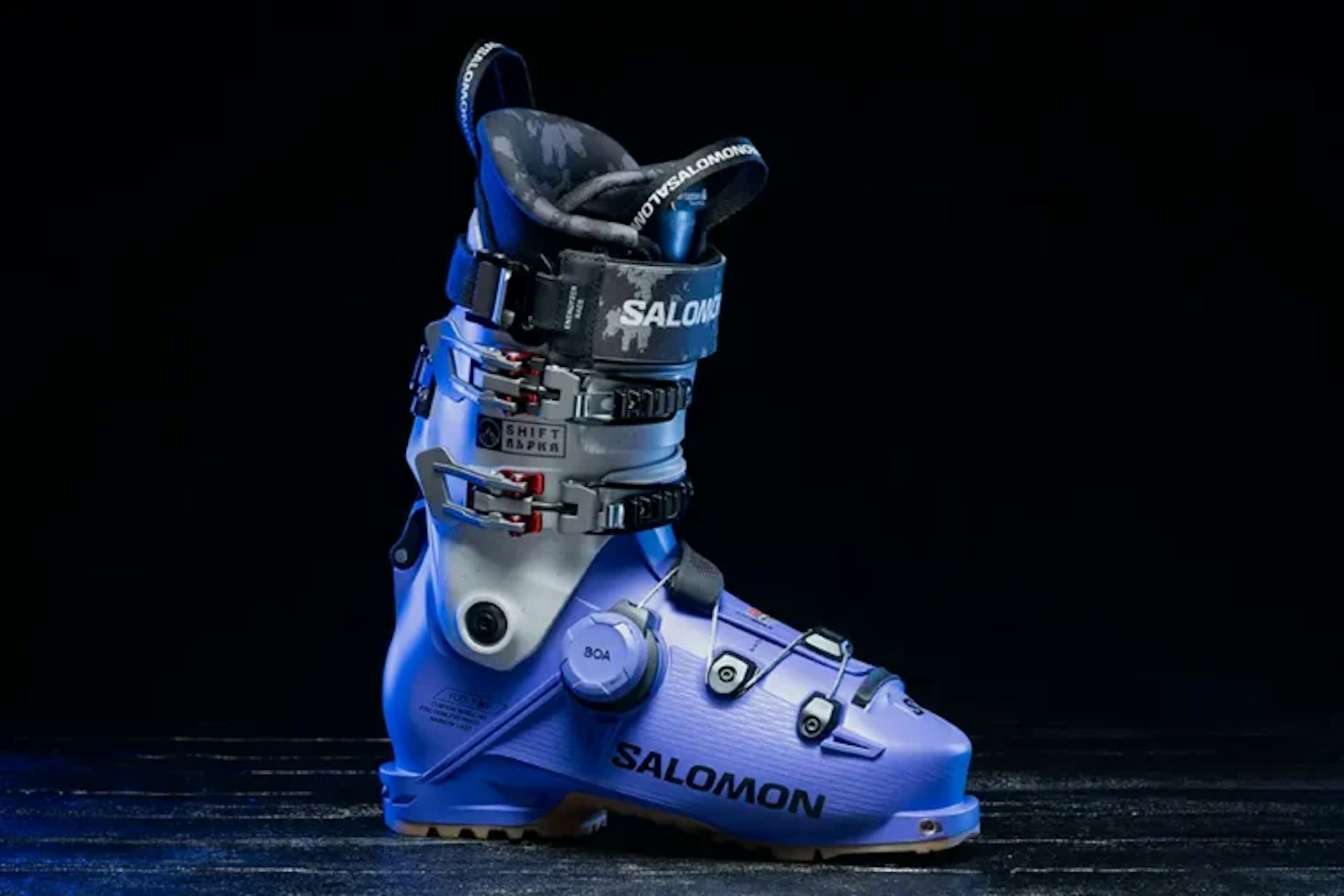
Let’s face it: this is your most personal piece of equipment, and one of your most expensive and important.
Remove liners, footbeds, and any custom insoles, and allow each component to dry fully away from direct heat. Wipe down shells and buckles, checking for cracked plastics, missing rivets, or frayed straps. Buckle the boots loosely to help preserve their shape and prevent plastic distortion. For boots with walk modes, cycle the mechanism to ensure it’s still functioning smoothly. If the toe or heel lugs are badly worn, especially on GripWalk or tech soles, now is the time to replace them. Store boots upright in a dry gear closet or breathable boot bag—never in direct sunlight or sealed plastic tubs.
Tool Care
Pole Care
Clean adjustable/collapsible ski poles thoroughly, paying close attention to the joints and locking mechanisms. Fully extend them to ensure no salt or grit is stuck inside, then dry completely. Apply a small amount of lubricant to locking systems.
Check baskets and carbide tips. Tips can wear down but shouldn’t be an issue through normal on-snow use. However, baskets can be a serious safety issue in the backcountry or any deep snow if they break off. Sometimes replacing baskets can take some strength but they are typically meant to be replaced if they break in any way.
Avoid pressure or bending. Poles should be stored where the shafts can’t warp and adjustable mechanisms won’t seize with moisture. If your poles have interchangeable baskets or handles, it could pay to take them apart, clean each component, and store them loose.
Ice Tools, Crampons and Axes
Technical climbing tools require detailed care. Rinse off any debris or de-icing residue. Dry them thoroughly and inspect each piece for damage—particularly the points and structural welds. Use a rust inhibitor like WD-40 or a thin coat of mineral oil to prevent corrosion. Store tools in a cloth wrap or individual sleeves, and keep them separated from soft goods (to avoid accidental damage). Label each item if part of a shared or communal kit. Sharpen ice tools and crampon points and protect them with the factory covers and bags. These are critical safety tools—don’t leave their condition to chance.
Helmets and Goggle Care

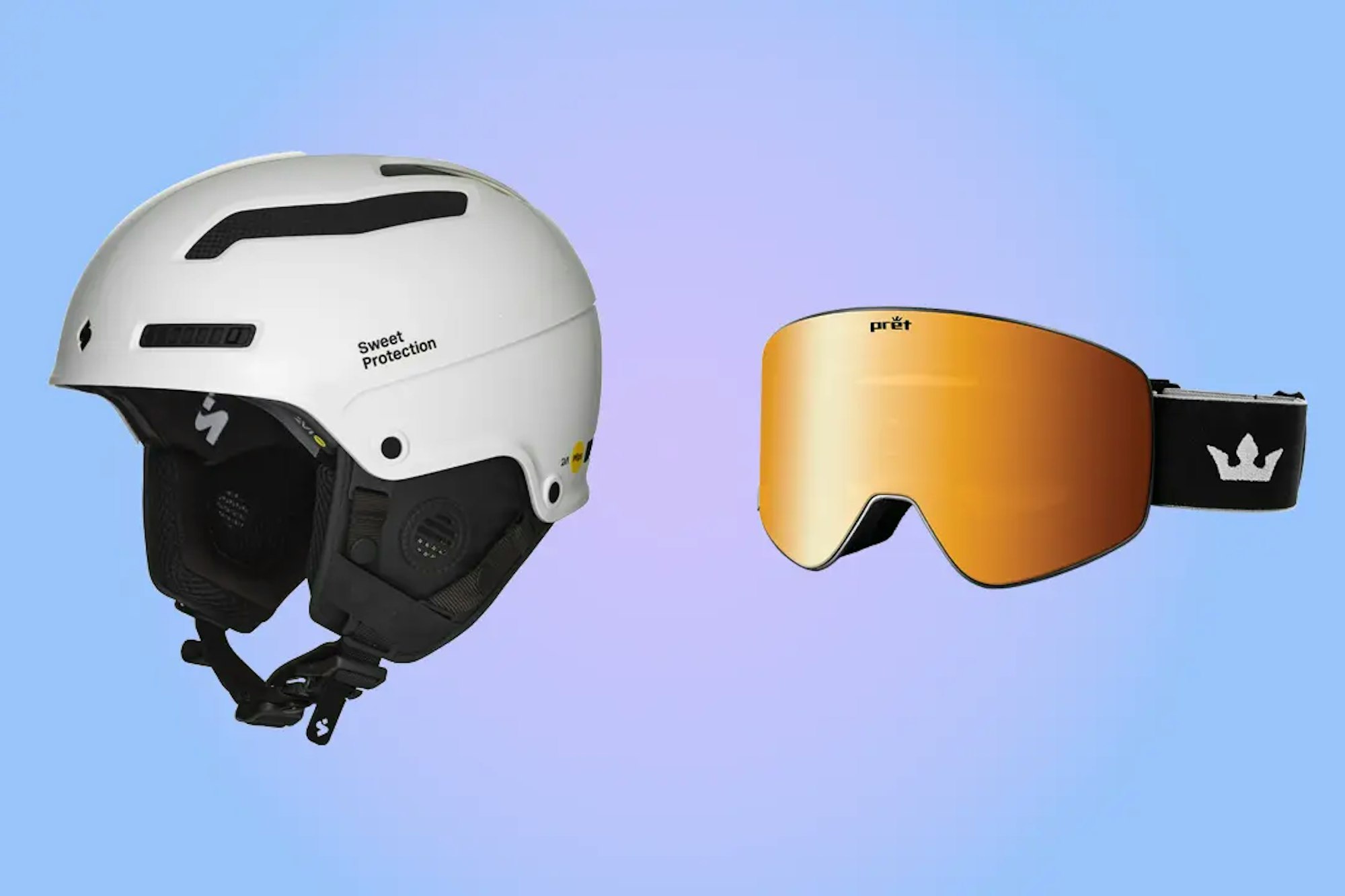
Helmets are only protective when properly maintained. Clean the liner with mild soap and water or antibacterial wipes, and check for impact cracks, foam separation, loose screws and worn straps. If your helmet took any significant diggers this season, it should be replaced, just like a bike helmet. But if it’s just dings and scrapes and the liner isn’t worn down or nasty, you’re probably fine.
Goggles are again one of those technical items that can make or break your day, so treat them with care. They require gentle handling and storage. Wipe lenses with a dedicated goggle cloth or lens-safe solution. Check interchangeable lenses for scratches that are going to cause you problems next season. Let them air-dry completely before storage. Avoid storing goggles inside your helmet or pack; keep them in a microfiber sack and a hard case if they came with one, stored in a cool, dark place. UV degradation and foam breakdown can happen quickly in poor conditions.
Outerwear and Insulation Care
Shells
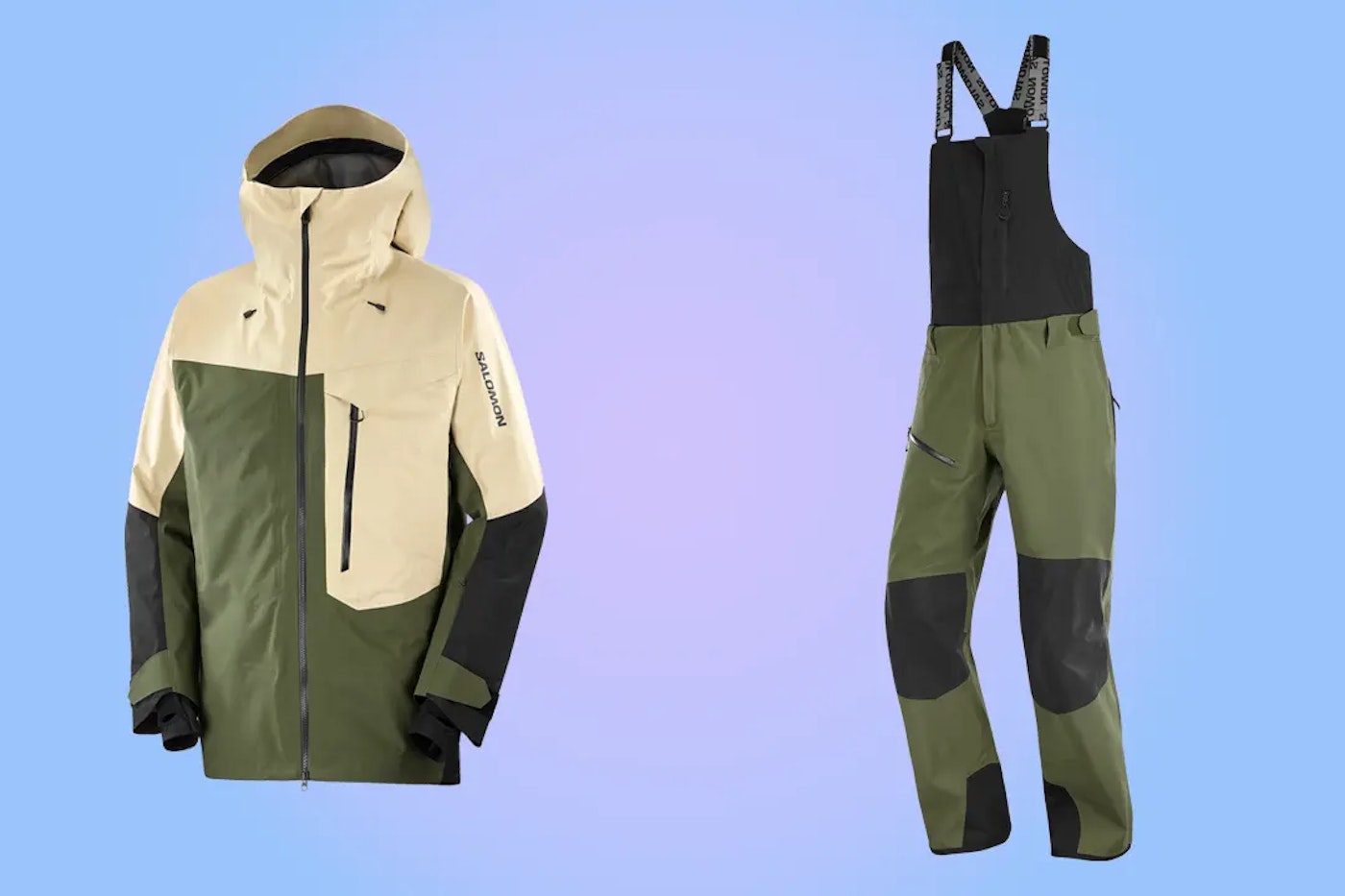
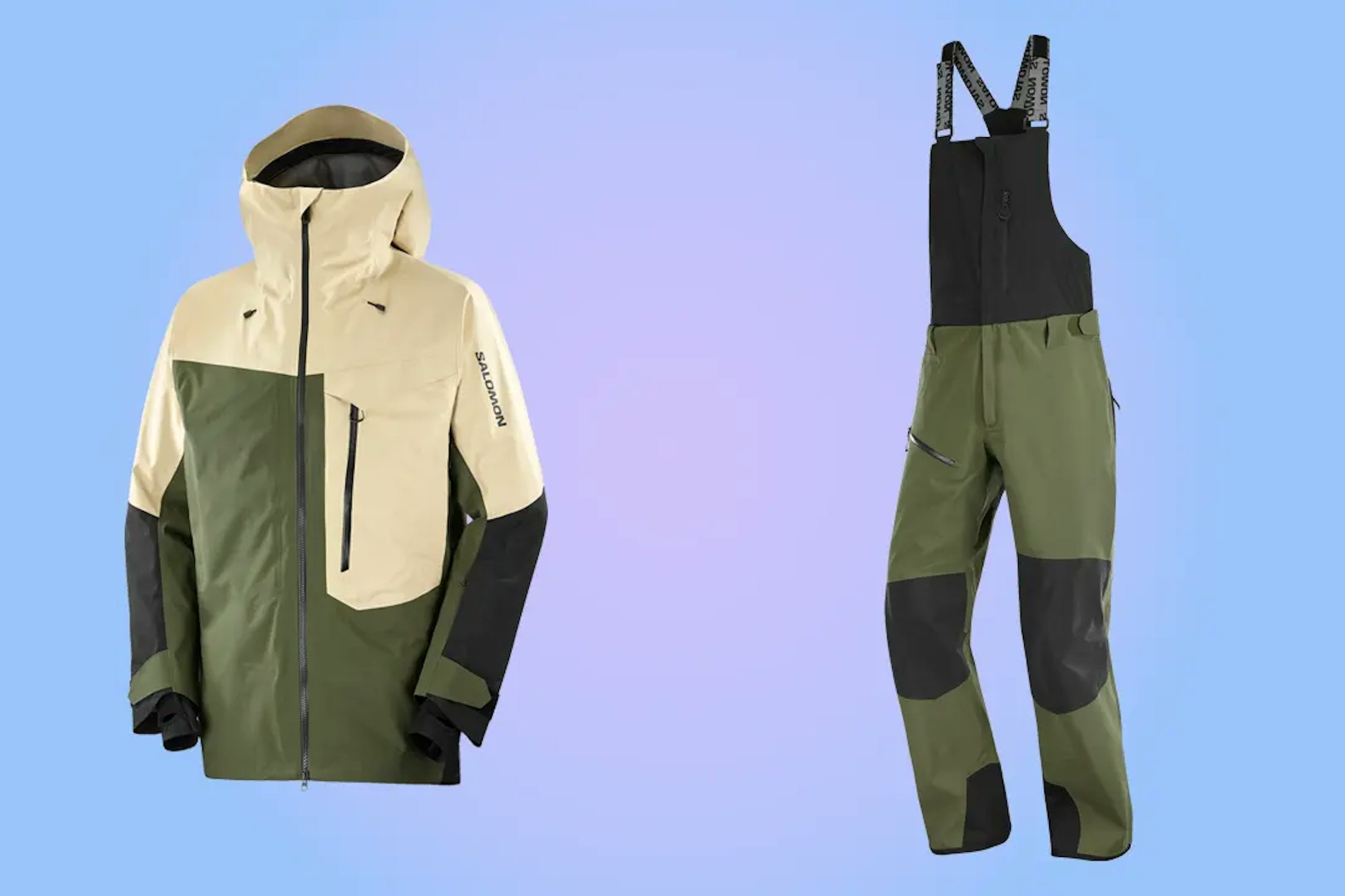
For your shell bibs, jackets, and pants, follow the manufacturer’s instructions for laundering these garments. They can and should be washed, which is often necessary to restore the materials’ waterproofing qualities. With few exceptions, most high-end brands of outerwear are meant to be laundered in warm water with a light detergent and air dried or machine dried on low. I like to use Nikwax Tech Wash and a few other Nikwax products (softshell vs. hardshell specific) that retain and restore waterproofing on hard shells, especially after a couple of years of use. Check every pocket for tissues and old fruit and zip all zippers, and wash separately from other garments. For specialized wool garments like Voormi, Ortovox, or Amundsen, check the manufacturer specifications.
Puffys: Down vs. Synthetic Care
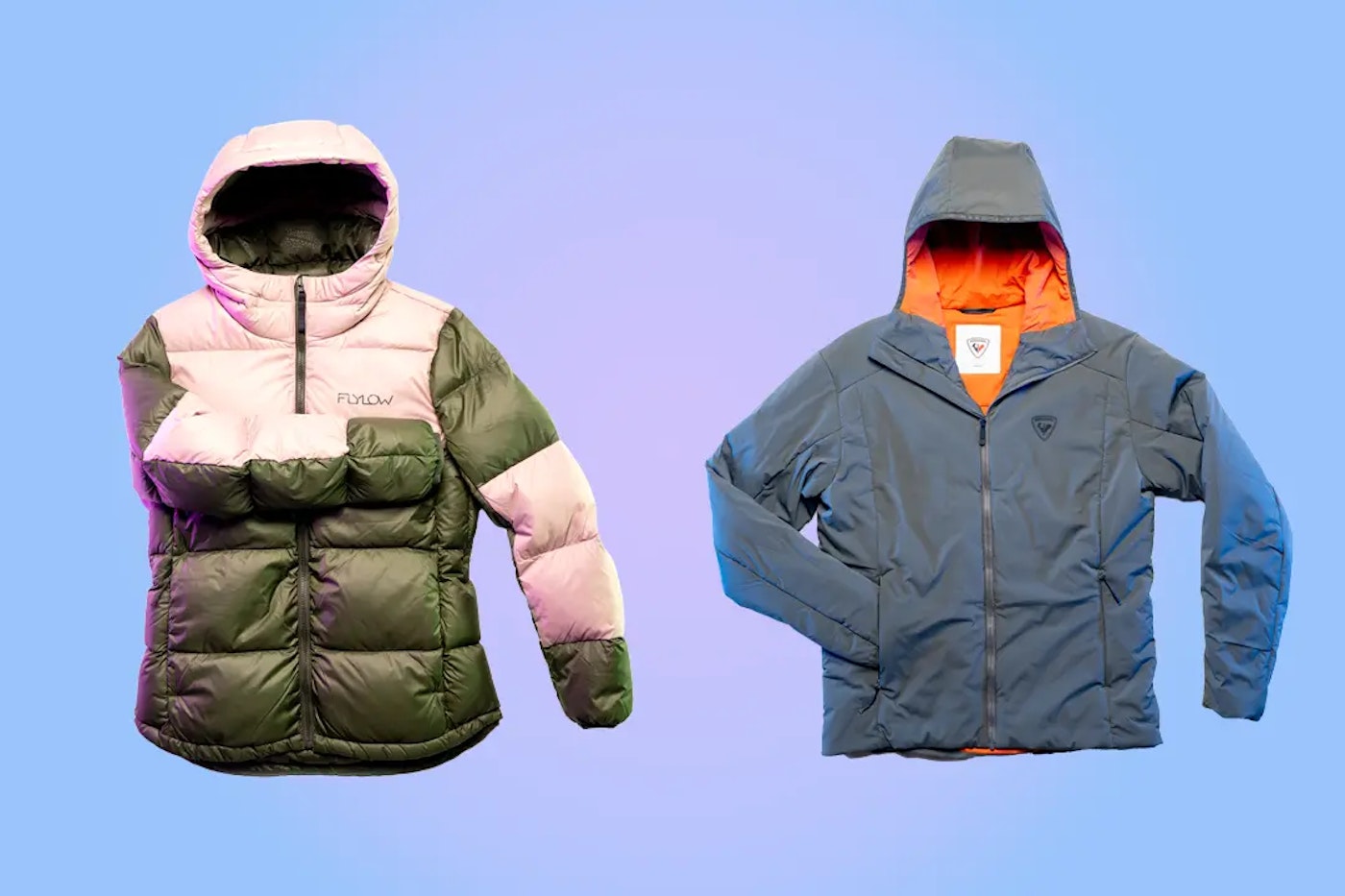

Your puffy is obviously one of your most important and expensive, pieces of gear, so take care of it. You use it to layer under your shell on really cold days, for parking lot hangs, as an extra layer in your sleeping bag, and more. If you’re like me, you’ve also got some down-insulated bottoms and other puffy layers that need attention after the season is over.
Down insulation breaks down if improperly stored and is prone to mold because it is a natural material. It should never be compressed for long periods of time. Contrary to popular belief, down items can and should be washed in the washing machine. Use a gentle detergent like Free & Clear or a down-specific product like Allied Down Wash or Nikwax Down Wash.Direct. They just have to be dried thoroughly, sometimes several cycles, on low to medium heat, with clean tennis balls if you have them to speed things up. Once all down items have dried thoroughly and aired out, store them in a breathable mesh sack and/or hang in a dry garage or closet.
Synthetics are more tolerant of compression but still benefit from loose storage. Again, wash all garments with a technical detergent designed for performance fabrics such as the Nikwax Tech Wash, and try to avoid normal household detergents, which can strip DWR coatings and compromise insulation. If water no longer beads on shell fabrics, reapply DWR treatment through washing and drying (Gear Aid or Nikwax are the leaders here) before storing.
Assess each piece for tears, bad zippers, or delamination and repair now, rather than discovering failures on your first day out next season. Skida makes a really cool repair patch, and some garments come with small pieces of fabric for this purpose. Other brands will take your garments back and repair them or send you a new one. I know we all want the duct-tape badge of honor on our jackets but once you go that route, you can never really wash that jacket properly again and it will likely ruin air-permeable fabrics and end up pulling out even more insulation.
Baselayers, Midlayers and Gloves Care


Baselayers and mid-layers, especially those made from merino or other natural fibers, absorb sweat and oils that, if left untreated, shorten the life of the garment. Wash merino with a wool-specific or gentle detergent, cold water, and lay flat to dry. I also hang them over the pipes in my laundry room but the point is that you don’t want to stretch wool pieces out of shape.
Technical synthetics are prone to retain body odor and should be machine-washed and air-dried. I like to use a lot of Nikwax Basewash but they aren’t the only game in town for this crucial purpose. Follow the manufacturer instructions on this and don’t let them sit stinky for too long if you can help it. Avoid using fabric softener, which can interfere with moisture-wicking properties.
Gloves should be completely dried, and most synthetic gloves can be machine washed. Just check the label and be sure they are completely dried before storage. For your leather gloves, again, make sure they are dried from last use, clean gently with a little bit of soapy water, and then conditioned with Nikwax Waterproofing Wax for Leather. Some gloves like Kincos will often have a mix of leather, canvas, and synthetics, so follow manufacturer instructions on cleaning. Inspect seams, liners, zippers and closures. Pair them and store them in a breathable bag—not left inside boots or backpacks where mold and odors can thrive.
Proper gear maintenance extends equipment life and ensures readiness for next season. By following these care tips, you’ll avoid discovering damaged gear when winter returns. Take time this spring to prepare for next winter, and you’ll be rewarded with reliable equipment that performs when you need it most, especially on that first powder day.


![[GIVEAWAY] Win a Legendary Ski Trip with Icelantic's Road to the Rocks](https://www.datocms-assets.com/163516/1765233064-r2r26_freeskier_leaderboard1.jpg?w=200&h=200&fit=crop)
![[GIVEAWAY] Win a Head-to-Toe Ski Setup from IFSA](https://www.datocms-assets.com/163516/1765920344-ifsa.jpg?w=200&h=200&fit=crop)
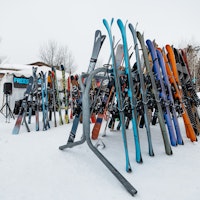

![[GIVEAWAY] Win a Legendary Ski Trip with Icelantic's Road to the Rocks](https://www.datocms-assets.com/163516/1765233064-r2r26_freeskier_leaderboard1.jpg?auto=format&w=400&h=300&fit=crop&crop=faces,entropy)


![[GIVEAWAY] Win a Head-to-Toe Ski Setup from IFSA](https://www.datocms-assets.com/163516/1765920344-ifsa.jpg?auto=format&w=400&h=300&fit=crop&crop=faces,entropy)
